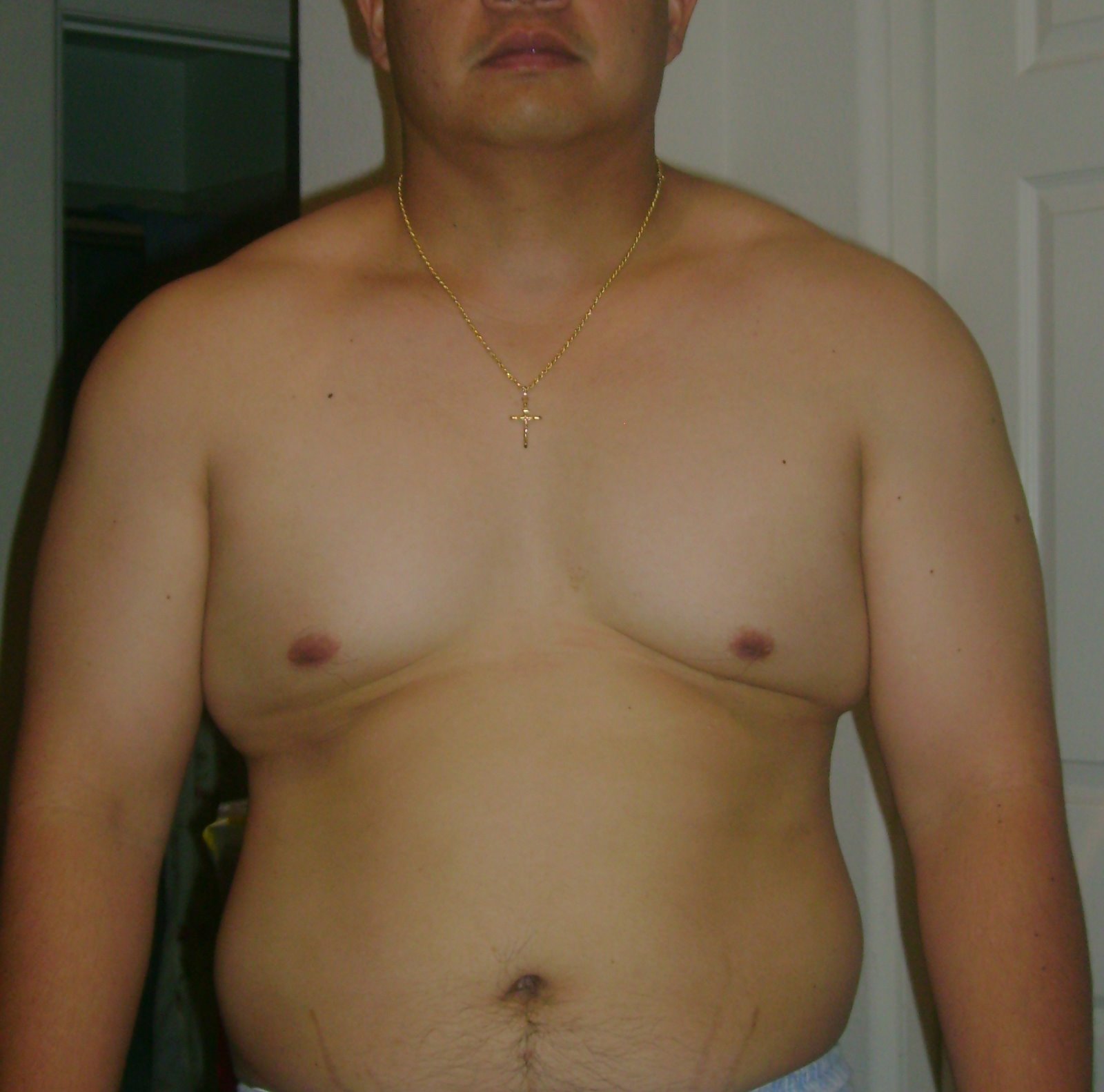I've been fascinated with the goal to improve my jumping abilities lately. Here's a great article from Wikipedia on the vertical jump that I actually picked up on last month but would like to share it in my blog. Some of it has some edits in there referenced by me. Here's the article (enjoy!):
Vertical jump
From Wikipedia, the free encyclopedia
Jump to: navigation, search
This article does not cite any references or sources. (May 2007)
Please help improve this article by adding citations to reliable sources. Unverifiable material may be challenged and removed.
This article needs additional citations for verification.
Please help improve this article by adding reliable references. Unsourced material may be challenged and removed. (November 2006)
Vertical jump is best described as the ability to raise one's center of gravity higher in the vertical plane solely with the use of one's own muscles.
In other words, vertical jump is a measure of how high an individual or athlete can elevate off the ground from a standstill. (my initial youtube version is wrong as I have a 3 step approach to it but I intend to use this method for personal use. Andy)
The vertical jump test ultimately determines how "athletic" a considered athlete really is.
Contents [hide]
1 Places where vertical jump measurements are used
2 How to measure vertical
3 Common misconceptions about vertical jump
4 Increasing vertical jump
5 External links
Places where vertical jump measurements are used
Usually, vertical jump measurements are used primarily in athletic circles both to measure performance and as something athletes brag about among themselves. The most common sports in which one's vertical jump is measured are track and field, basketball, football, and volleyball, but many sports measure their player's vertical jumping ability during physical examinations.
How to measure vertical (other than the approach with my jump...the logistics are still the same)
The simplest method to measure an athlete's vertical jump is to get the athlete to reach up against a flat wall, with a flat surface under his feet (such as a gym floor or concrete) and mark off the highest point he can reach flat-footed.(this is referred to as "standing reach"). Then, instruct the athlete to take several jumps from a standstill, marking off the highest point he can reach. Next, measure the distance between the two. This is the athlete's standing vertical jump.
The method described above is the most common and simplest way to measure one's vertical, but other, more scientifically accurate methods have been devised. A pressure pad can be used to measure the time it takes for an athlete to complete a jump, and then using a kinematics equation (h = g*t^2/8), the computer can calculate his vertical jump based on the time in the air. Using this method, an athlete can "cheat" by pulling his/her knees up to extend hangtime.
A second, more efficient and correct method is to use an infrared laser placed at ground level. When an athlete jumps and breaks the plane of the laser with his hand, the height at which this occurs is measured.
Devices based on United States Patent 5031903, "A vertical jump testing device comprising a plurality of vertically arranged measuring elements each pivotally mounted..." are also common. These devices are used at the highest levels of collegiate and professional performance testing. They are comprised of several (roughly 70) 14-inch prongs placed 0.5 inches apart vertically. An athlete will then leap vertically (no running start or step) and make contact with the retractable prongs to mark their leaping ability. This device is used each year at the NFL scouting combine.
Common misconceptions about vertical jump (This is so me right here! DOH!!!! - Andy)
The most common misconception about vertical jump is that the measurement displays the athlete's ability to elevate off the ground from a run-up, contrary to from a standstill. The effect of this misconception is that many athletes will quite grossly inflate their vertical jumps. Also many athletes have learned to "cheat" the existing systems. The vertec can be cheated by not reaching as high on the initial measurement commonly referred to as "shrugging your shoulders". Jump pads can be cheated by lifting your knees, or even hanging on to them until the very last moment. Since jump pads rely on hangtime, they are easily cheated.
Increasing vertical jump
One of the most frequently asked questions in the athletic world is "How can I increase my vertical jump?". A higher vertical jump has obvious advantages in several different kinds of sports such as basketball and volleyball.
There are many different aways to increase one's vertical jump, with much controversy on which method is the most effective. What follows are scientific and physical breakdowns of how to improve the height of one's vertical jump.
A more scientific breakdown of vertical jump is required to comprehend methods to improve performance.
Vertical jump is a measure of how far off the ground one can elevate one's own body using only the power generated by their muscles.
In physics, power can be computed using the following formula :
Power = Work / Time
In relation to sports, power is better described by the equivalent expression:
Power = Strength * Speed
Therefore, to increase power (and consequently vertical jump), an athlete must train to improve both strength and speed. (edit - sounds like Ross Enamait!)
Strength can be increased using traditional strength training, with emphasis on the posterior chain (or "p-chain") which consists of the hamstrings, calves, lower back and glute muscles. (which is precisely the only reason why I add a few extra exercises with my workouts! ~ Andy). Studies have shown that the majority of force generated during a vertical jump is generated by these muscles, and most importantly the quadriceps which are not part of the p-chain but rather the anterior chain.
Therefore, arguably the two most important max strength lifts for improving vertical jump are the full back squat and the deadlift.
Speed in the vertical jump is a measure of how fast one can exert force. In the vertical jump, there is a very short time period in which force can be generated to use in a vertical jump(0.2s). Hence, it is very important for an athlete to be able to exert the maximum force possible in the shortest amount of time. Speed training reduces the "time" portion of the power equation, resulting in more overall power.
Speed training consists of two elements: Plyometric exercises (exercises which allow you to absorb the more energy during the countermovement, or eccentric contraction, of an explosive movement such as jumping or sprinting) and explosive training such as jump squats or power cleans.
An important fact to note is that plyometric and explosive exercises are not necessary until an athlete has built up a fairly strong strength base (commonly set between 1.5 and 2 times an athlete's bodyweight in the full squat and deadlift exercises). The reason for this is that even if the time portion of the power equation is reduced significantly, the overall power will still be a lower number if the force portion of the equation is neglected.
Flexibility of the Achilles Tendon has also been known to increase the vertical jump of an athlete. Caution must be used, though, since tearing of the tendon can occur.
Exercises used by professional trainer Joe DeFranco
Toe curls (I do this at work)
Box squats with resistance bands
Static hip flexor stretching (TT)
50 rep "rhythm" squats
Snatch Grip Deadlifts (rosstraining)
Depth Jumps (jump drills)
Reverse Hyperextensions
Dumbell Swings (KB Swings for me. - Andy)
Bulgarian Split Squats (TT)
“Pogo Jump” Warm-up (rosstraining)
Trap Bar Deadlifts, off a 4” box
Standing Backward Medicine Ball Throw
Power Clean/Power Snatch (rosstraining)
Weighted Ab Work (ross/tt)
Push Jerks
Vertical Jumps (Jump drills!)
Flexibility (achieved through stretching) also increases the vertical leap. (I've been doing some semi-yoga lately, as well as dynamic warm ups. Got to maintain flexibility! Just not as long as the 1 hour yoga stuff! That's hard!)
There are many vertical leap enhancement programs available on the internet. You should be wary about the programs claims before buying and do your own research. An informative review site like e-reviewers.com/vertical can be helpful in making your decision by giving you information that is not available on the program sites themselves. (In hindsight...don't get tricked into anything that doesn't seem right to you in any type of fitness program. Always educate yourself before trying a new product!).
Subscribe to:
Post Comments (Atom)







.jpg)
.jpg)



1 comment:
There are loads of tips guides and videos on how to Jump higher and Run faster here - http://springsoles.co.uk/jumphigherrunfaster/
Post a Comment